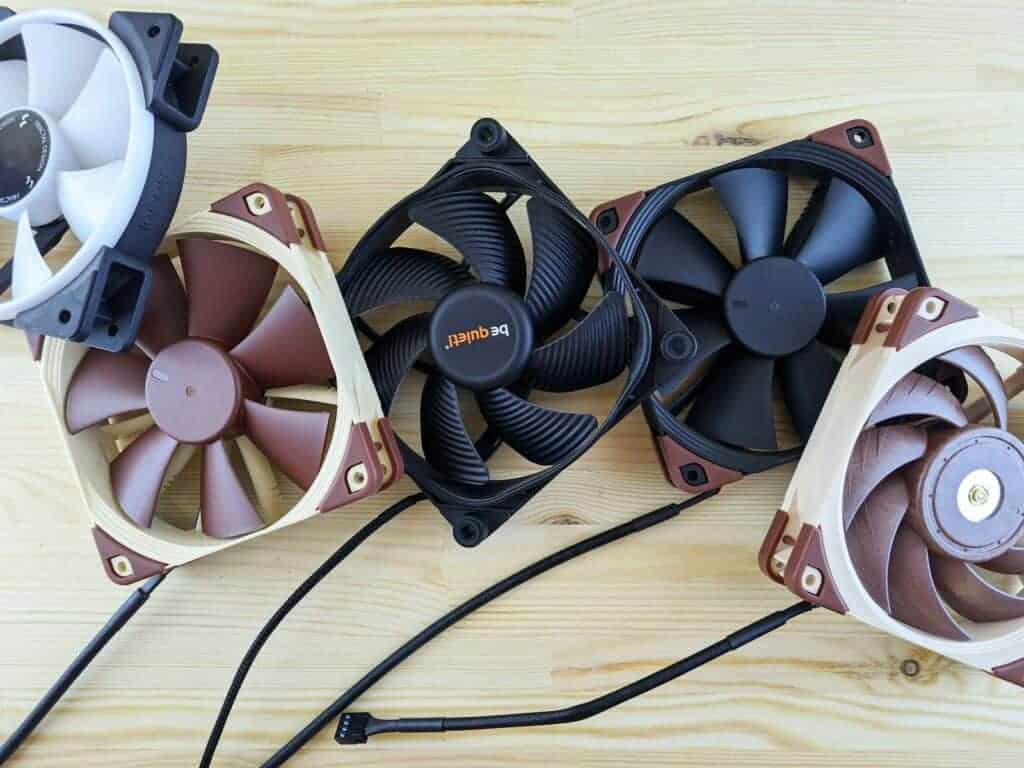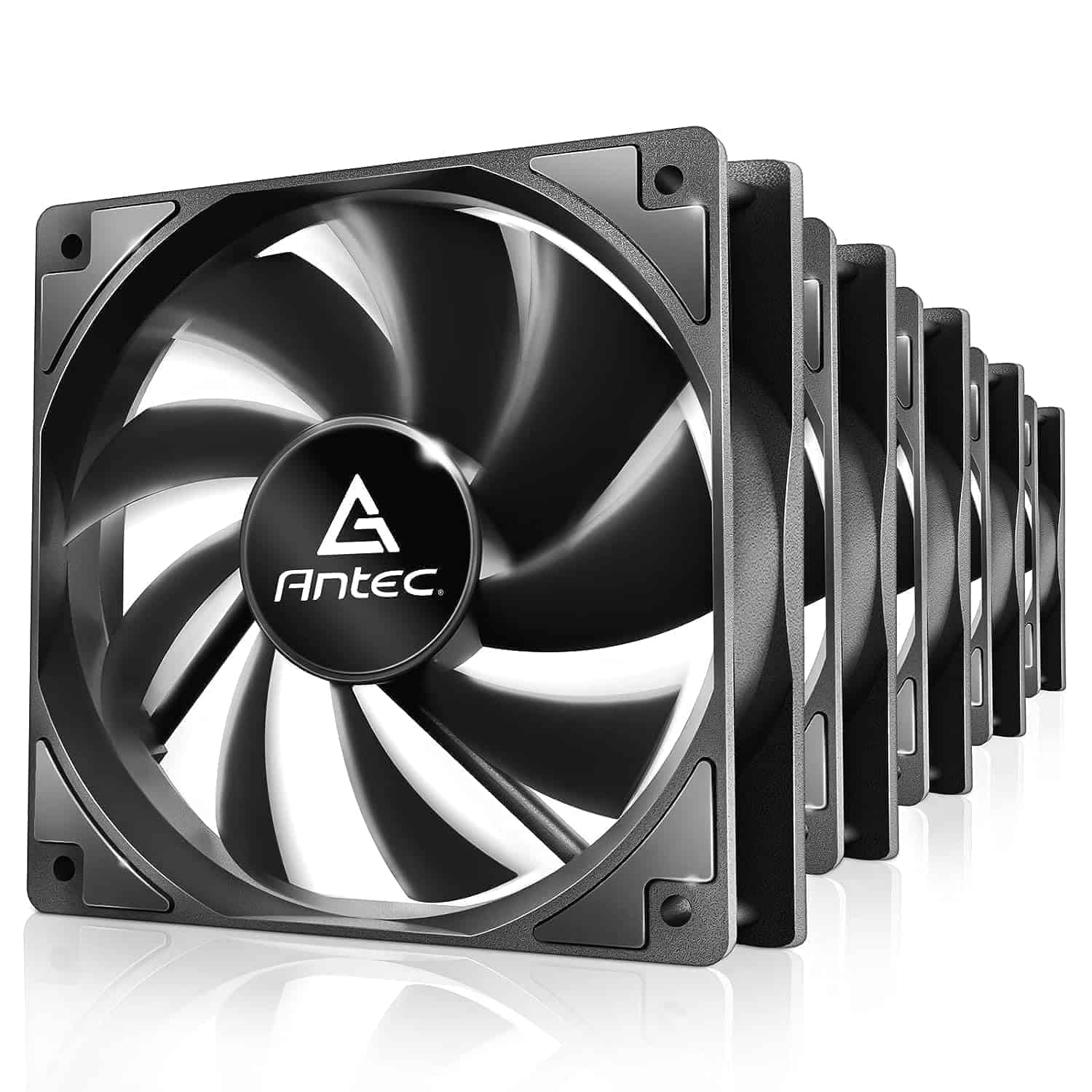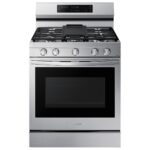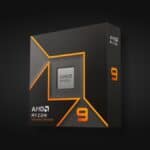Building a PC can feel like cooking in a nice kitchen. Just as a chef balances ingredients, a PC builder manages different parts. One of the most important parts is the case fans. They keep your system cool, which is essential for good performance and a longer lifespan. Many people focus on the CPU cooler, but case fans are vital for overall cooling.
This article will help you understand case fans and figure out how many you need and how to set them up. We will look at factors like case size, heat output from components, and room temperature. You will find advice for basic office PCs, gaming computers, and high-performance systems. We will also give you tips on where to place fans, how to maintain them, and how to make airflow better. This will help keep your PC cool even when it’s working hard.

Cooling Your PC: A Guide to Case Fans
The number of case fans your PC needs depends on several factors. These include the size of your case and the type of components you have. A bigger case and more powerful components usually need more fans. This is because they generate more heat.
A good rule of thumb is to have at least one intake fan and one exhaust fan. The intake fan brings cool air into the case. It is usually located at the front. The exhaust fan removes hot air from the case. It is usually placed at the rear. This setup is good for basic PCs that are used for simple tasks.
If you have a gaming PC or a high-performance PC, you will need more fans. This will help keep your components cool and prevent overheating. You should aim to have more intake fans than exhaust fans. This creates positive pressure inside the case. Positive pressure helps to keep dust out.
How Many Fans Do I Need?
Here’s a quick guide to help you decide:
- Basic use/office PCs: 1-2 intake fans (front), 1 exhaust fan (rear)
- Gaming PCs: 2-3 intake fans (front and bottom), 1-2 exhaust fans (rear and top)
- High-performance PCs: 3+ intake fans (front, bottom, and side), 2+ exhaust fans (rear and top)
Remember that these are just general guidelines. You may need more or fewer fans depending on your specific needs.
Factors to Consider
- Case size: Larger cases can fit more fans and have better airflow.
- Components: High-end CPUs and GPUs produce more heat.
- Overclocking: Overclocking your components will increase their heat output.
- Ambient temperature: If you live in a hot environment, you may need more fans.
Tips for Optimizing Your Fans
- Clean your fans regularly: Dust buildup can reduce airflow and cooling efficiency.
- Use a fan controller: This allows you to adjust fan speeds based on your needs.
- Choose high-quality fans: These fans are quieter and more efficient.

CPU Cooling
In addition to case fans, you also need a good CPU cooler. The CPU is one of the most important components in your PC. It also generates a lot of heat. There are two main types of CPU coolers: air coolers and liquid coolers.
Air coolers are more affordable and easier to install. Liquid coolers offer better performance but are more expensive. Choose a CPU cooler that is appropriate for your CPU and your budget.
Thermal Paste
Thermal paste is an important part of your CPU cooling solution. It helps to transfer heat from the CPU to the cooler. You should reapply thermal paste whenever you remove your CPU cooler. This will ensure that your CPU is properly cooled.
Building the Perfect PC: A Guide to Case Fans
The Importance of Airflow
Case fans play a crucial role in maintaining optimal temperatures inside your computer. They circulate air, removing heat generated by components like the CPU and GPU. Good airflow prevents overheating, ensures stable performance, and extends the lifespan of your hardware.
The Minimum: Two Fans
At the very least, your PC case should have two fans:
- Intake Fan: Usually located at the front of the case, it draws cool air from outside into the system.
- Exhaust Fan: Typically positioned at the rear or top, it expels hot air from inside the case.
This basic setup creates a positive airflow, where more air is drawn in than expelled, helping to keep temperatures in check.
Optimal Configurations: 3-4 Fans or More
For better cooling and performance, consider a configuration with three or four fans. Adding a second intake fan at the front or bottom can significantly improve airflow. You can also add a second exhaust fan at the top or rear.

Enthusiasts and gamers with high-performance components may even opt for more than four fans. However, it’s important to maintain a balanced airflow to avoid creating negative pressure, which can suck dust into the case.
Additional Factors to Consider
- Case Size: Larger cases often benefit from more fans to ensure proper air circulation.
- Component Heat Output: High-end CPUs and GPUs generate more heat and may require additional cooling.
- Overclocking: If you plan on overclocking your components, extra fans can help manage the increased heat.
- Noise Levels: More fans can result in more noise. Consider quieter fan models or fan controllers if noise is a concern.
Table: Recommended Fan Configurations
| Case Size | Minimum Fans | Optimal Fans |
|---|---|---|
| Small Form Factor | 2 | 2-3 |
| Mid Tower | 2 | 3-4 |
| Full Tower | 3 | 4+ |
Remember, these are just guidelines. The ideal number of fans for your PC will depend on your specific components and usage patterns. Experimenting with different fan configurations can help you find the perfect balance of cooling and noise for your system.
The Importance of Cooling
Every component in your PC generates heat, especially when under load. Case fans ensure this heat is effectively removed, maintaining optimal operating temperatures for all internal components.
Without adequate cooling, components risk overheating. Prolonged high temperatures can:
- Degrade performance (thermal throttling)
- Shorten component lifespans
- Cause system crashes or instability
Determining the Number of Case Fans You Need
Here’s a breakdown of the factors influencing your ideal fan count:
- Case Size and Compatibility: Consult your case’s manual for fan mount locations and supported sizes (120mm and 140mm are common).
- Computing Needs: Gaming/rendering rigs need more cooling than a PC for basic office tasks.
- Ambient Temperature: Warmer climates might necessitate additional fans.
Optimal Fan Placement and Airflow
- Front Intake, Rear Exhaust: The classic setup for most builds.
- Top Exhaust: Helps expel rising warm air.
- Positive vs. Negative Pressure: [Diagram of positive and negative pressure airflow] A slightly positive pressure setup (more intake than exhaust) can help reduce dust buildup.
The Noise Factor
More fans can mean more noise, but modern fans often offer quiet operation. Consider:
- Fan Size: Larger fans can move more air at lower, quieter speeds.
- Noise Ratings: Look for fans with low dB(A) ratings.
- Fan Controllers: Allow for fine-tuning fan speeds.
How Many Fans? A Rule of Thumb
| Minimum | Recommended | Enthusiast |
|---|---|---|
| 2 (1 intake, 1 exhaust) | 3-4 | 5+ |
Fact: Dust buildup can significantly hinder fan performance. Regular cleaning is key!
There’s no single perfect answer. Start with the recommended minimum and monitor your temperatures. A few well-placed fans can make a world of difference!
FAQs
Do I need fans if I have liquid cooling?
Yes! Case fans cool components like RAM, storage, and the motherboard.
Can too many fans be bad?
Beyond a certain point, the benefits diminish, and noise can increase.
Do bigger fans equal better cooling?
They can move more air quietly, but always check case compatibility.







